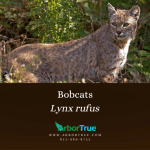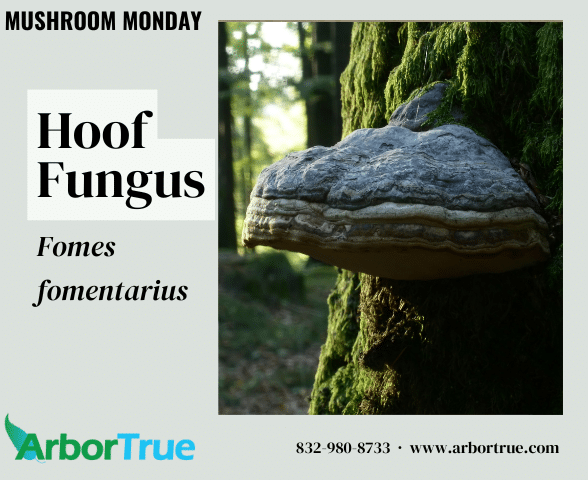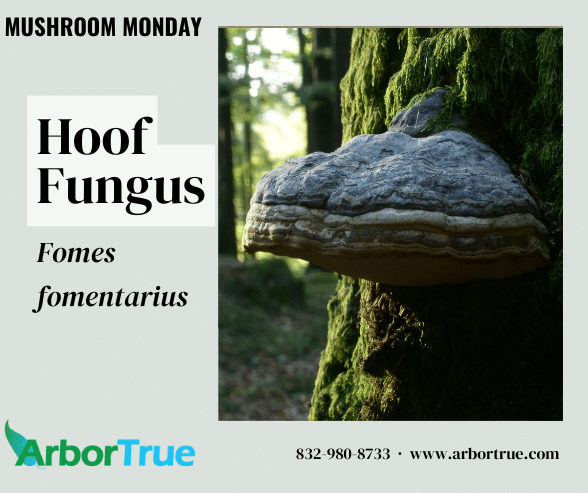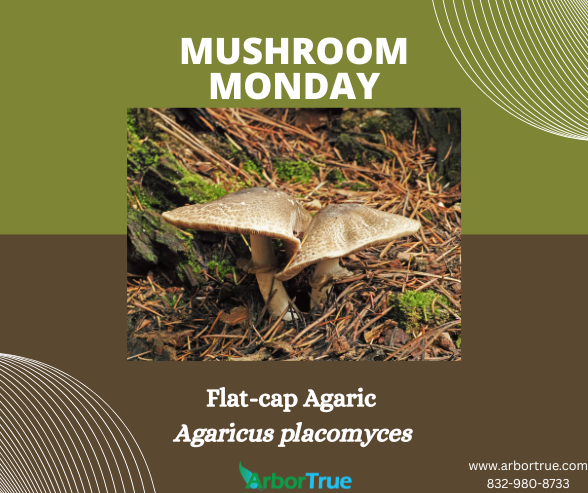
Bobcats (Lynx rufus)
June 20, 2025
Timber Rattlesnake (Crotalus horridus)
June 25, 2025
Mushroom Monday: Hoof Fungus (Fomes fomentarius)
A Woody Mushroom with a Long History
If you’ve walked through a forest and seen what looks like a horse’s hoof sticking out of a dead tree, chances are you’ve spotted Fomes fomentarius. Commonly called the Hoof Fungus, this tough and woody bracket fungus grows on hardwood trees—especially birch, beech, and maple. Unlike more fragile mushrooms, it doesn’t come and go with the seasons. Instead, it persists for years, slowly growing larger and darker over time.
Where It Grows and What It Grows On
Fomes fomentarius is widespread in temperate forests and can be found in North America, Europe, and parts of Asia. It typically grows on standing dead trees, stumps, or even living trees that are already stressed or damaged. As a decomposer, it plays a key role in breaking down hardwood. However, its presence on living trees usually signals that decay is already well underway.
The Hoof-Like Appearance
This fungus gets its common name from its shape. It really does look like a hoof—rounded, layered, and gray to black in color. The fruiting body is hard and woody, with concentric zones that form as it grows. It attaches firmly to the tree, often looking fused to the bark. The surface is rough and can be cracked or bumpy. Underneath, you’ll find a pale pore surface with thousands of tiny pores where spores are released.
Slow Growth, Lasting Presence
Unlike many mushrooms that sprout quickly and disappear, Fomes fomentarius grows slowly and may live for several years. Each year, it adds a new layer of tubes beneath the surface. These tubes are where spores develop and are eventually released. Even after the fungus stops producing spores, it can remain attached to the tree for a long time.
A Fungus with a Historic Use
While it’s far too tough to eat, this mushroom has been important to humans for thousands of years. In fact, it was found among the belongings of Ötzi the Iceman, a 5,000-year-old mummy discovered in the Alps. Fomes fomentarius was traditionally used as tinder, which is how it earned its species name “fomentarius.” Prepared properly, the inner layers can catch and hold a spark—a valuable trait before the invention of matches.
If you found this information about Fomes fomentarius (Hoof Fungus) helpful, check out our other Mushroom Monday posts on the TrueTreeTalk blog. Follow us on Facebook to keep up with these and other posts. Check out our list of blog posts grouped by topic for more to read. Also, follow us on LinkedIn for industry-related posts.
* * *
ArborTrue is a science-based tree service company in the greater Houston area. We also serve Austin and other parts of Central Texas. We provide a range of services including tree trimming, tree pruning, tree removal, tree planting, arborist consultations, and more. Call us today at 832-980-8733 (Houston) or at 512-546-3833 (Austin) or reach out to us online to schedule an appointment.
ArborTrue has a dedicated landscaping division, now serving select areas in the greater Houston region—with more locations coming soon. We specialize in organic practices, soil biology, and ecological health to help your entire landscape truly thrive. To learn more or schedule a consultation, contact us at landscape@arbortrue.com.




